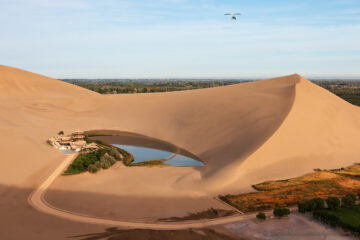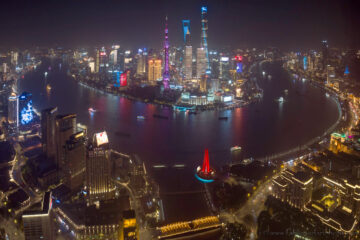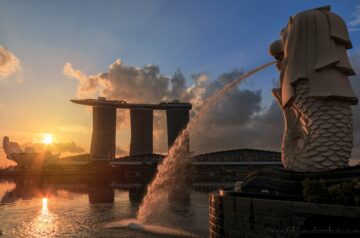Find out the top 8 things to do and to see in Nanjing, the capital of Jiangsu Province, in China.
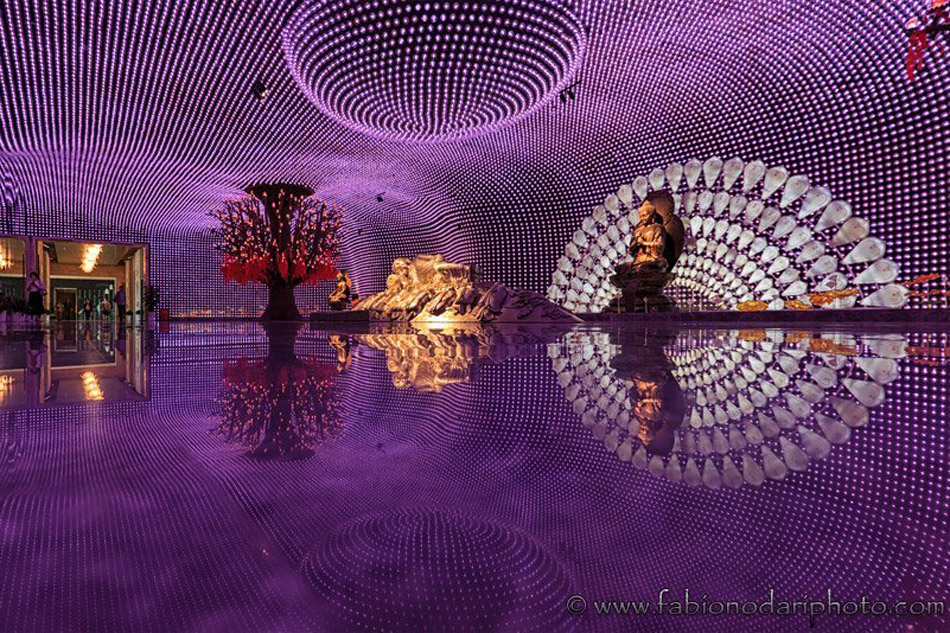
Nanjing City Wall
Stretching 13 miles and up to 67 feet high, this ancient city wall is a remnant of the Ming Dynasty, over 600 years old. Emperor Zhu Yuanzhang authorized the construction of the wall in 1366 AD to heighten the protection of Nanjing.
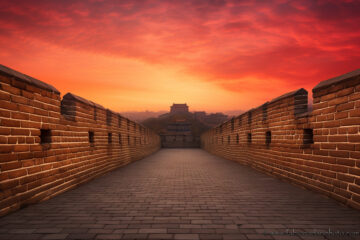
The wall is structured in four sections: the Outer City, the Inner City, the Imperial City, and the Palace City (also known as the ‘Forbidden City’). The main ruins standing today are from the Inner City wall.
Some 350 million bricks were used in the wall’s formation, each inscribed with the name of the person responsible for its quality—visitors with a keen eye can enjoy the Chinese language through the beautiful calligraphy.
You can enter the Jiefangmen Gate and stroll along the wall, enjoying the history and great views.
The Grand Theatre
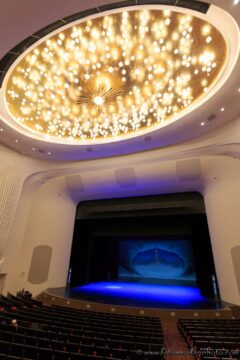
One for music lovers, the Grand Theatre is the biggest performing arts centre to open in China in the recent decade. Complete with six halls, including an opera house that can host 2,300 people and a 3,000-seat conference hall, each is a testament to the futurist design and smart architecture.
The sleek colours and shapes provide optimal acoustics conditions for specific performances. For example, the concert hall ceiling is formed like waves to enhance sound production and provide crisp, clear musical notes.
The building is like something from a science-fiction film, with four connected silver discs rising from the green nature surrounding the theatre. Visit at night when the building is illuminated by soft lighting.
Taien Temple Ruins/Grand Bao’en Temple
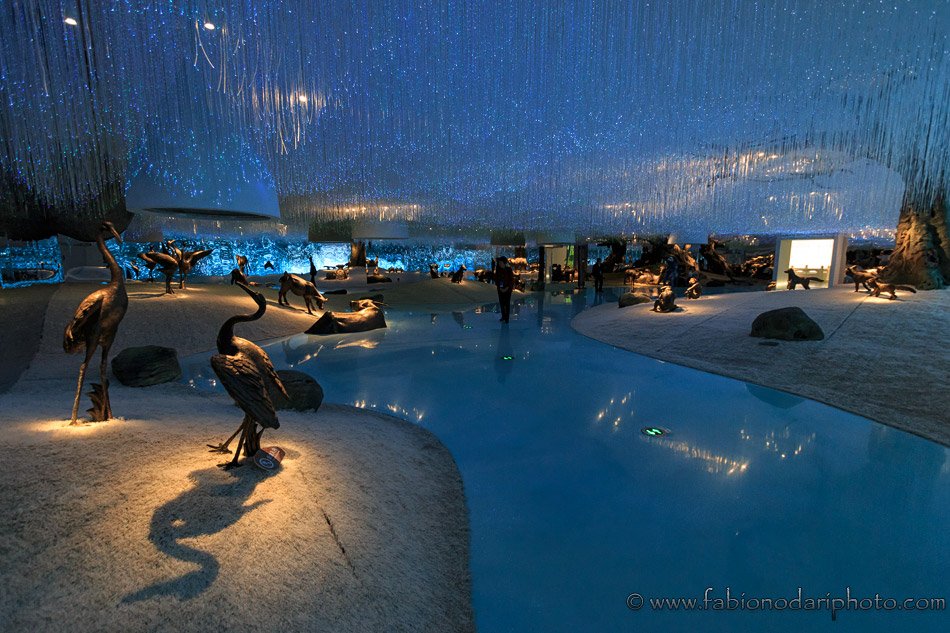
Following a complicated tale of adultery, death, and purgatory, this grand temple’s name translates to ‘paying a debt of gratitude. Found east of Yuhua Road, the temple is an imperial palace built under Emperor Zhu Li’s orders.
The temple stood in Nanjing for nearly four hundred years until rebels in the 19th century severely damaged it. 150 years later, the Chinese chose to rebuild the medieval wonder, which now amazes visitors with its incredible 256-foot-high tiered structure, historical ornaments, and colourful tiles.
A dedicated Buddha-themed museum, the temple nowadays uses modern technology to represent timeless concepts. Don’t miss the floating Buddha head made up of small light beams or the room of mirrors, reflecting thousands of colourful light bulbs.
Old Mengdong Historic District
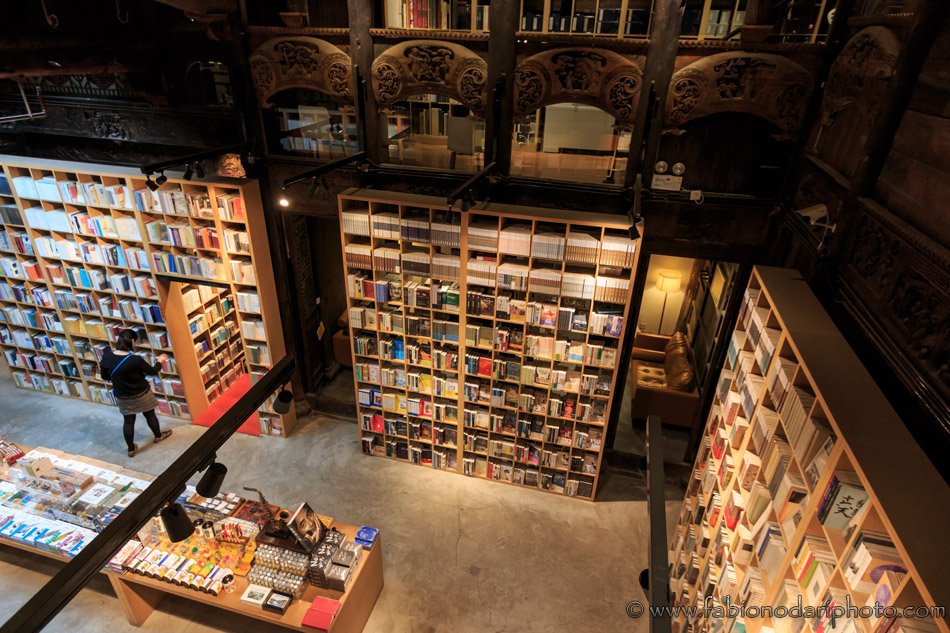
The postcard-worthy area is the perfect spot for people to watch and see the busy world of Nanjing. The paved streets weave in and out of alleyways among artisan shops, local restaurants, and classic hanging red lanterns. The district’s walls are etched with various art and messages, adding to the quaint charm of the rustic area. Spend a few hours walking aimlessly with your camera, and remember to look up occasionally; the rooftops are just as beautiful as the ground-level view.
Sun Yat-sen Mausoleum
Sitting at the base of Mount Zijn and covering around 20 acres of land, this mausoleum is a holy place for Chinese people, who flock to the site daily to pay respects to Dr. Sun Yat-sen. Sun Yat-sen is the father of the Republic of China, who freed the country from the Qing Dynasty and ended the two-thousand-year-old monarchy.
Two grand staircases lead to the mausoleum, with a perfectly kept garden in the middle, while the mausoleum itself stands as proud and mighty as the mountain behind it. The blue-silver roof of the tomb contrasts with the white marble of the paths and glistens in the sun during summer. Explore the sacred spaces filled with meaningful statues, gates, and Chinese characters.
Zhan Garden
The oldest in the capital city, this Chinese garden is awash with abundant nature and serene spaces. Escape the bustle of traffic and crowds and relax in one of the most picturesque places in Nanjing. A gift from the Emperor to Xu Da (a famous city official) nearly six hundred years ago, the garden is split into two sections, connected by a human-made stream and hills.
In the Fuzi Miao area, the outdoor area is covered with bamboo, magnolias, willows, rockeries, and tranquil courtyards. Tours of the garden are available with English-speaking guides, and there’s even a night tour for an added sense of wonder. Admission to the garden includes entry to the Taiping History Museum, home to information and artefacts from the dynasty.
Usnisa Palace in Nanjing Niushoushan Cultural Park (佛顶宫 – 牛首山文化旅游区)
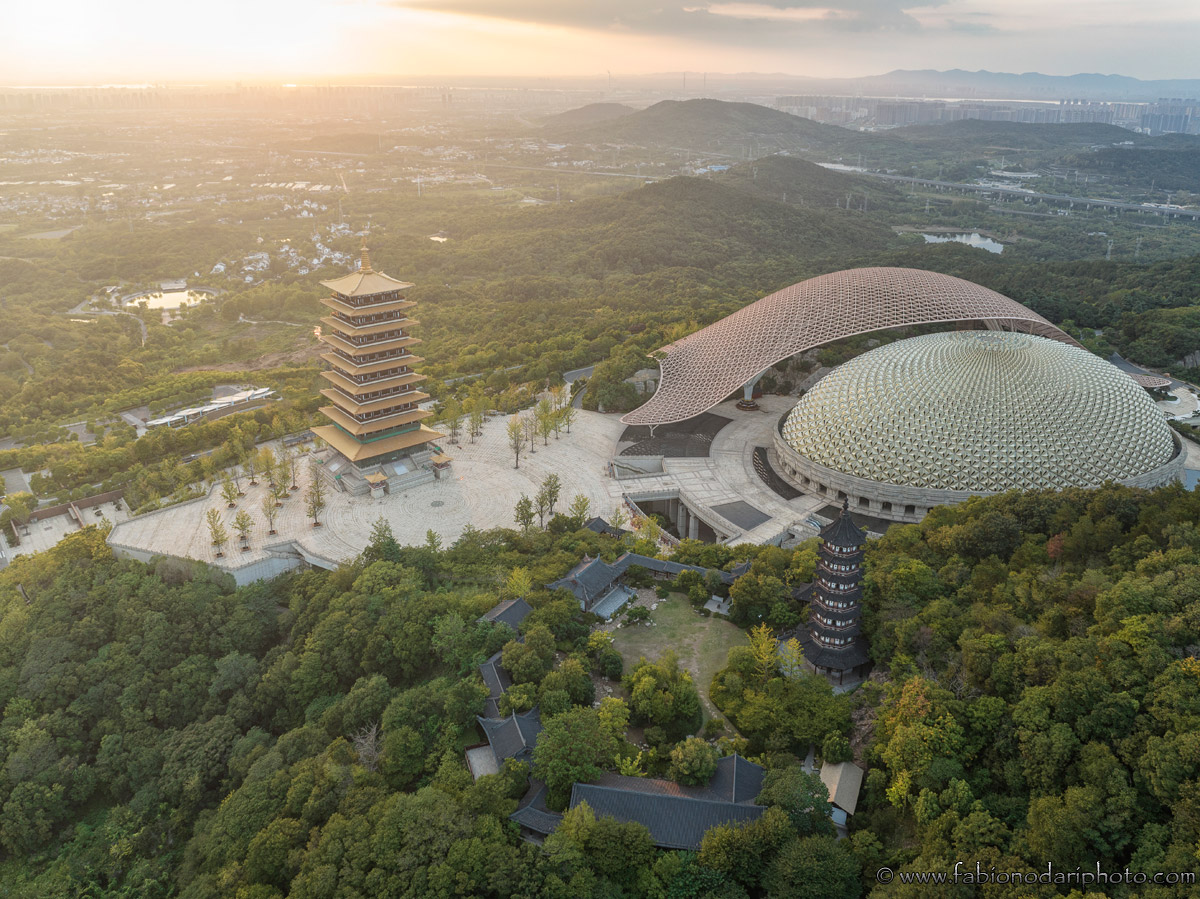
Usnisa Palace is by far the most scenic place in Nanjing. Built on an ancient mine, this Buddhist complex is quite new. Completed in 2015, it displays the remains of Buddha.
The park where the Palace is built is huge and to visit the structure you’ll need several hours. Despite being a new structure and touristic, I think it’s worth visiting. Here you can find my travel guide.
Memorial Hall of the Nanjing Massacre
This memorial hall is an emotional journey remembering the three hundred thousand people killed during the Japanese invasion of Nanjing on December 13th, 1937. Built on top of a Japanese burial and execution site, known as ‘The Mass Grace of 10,000 Corpses’, the memorial hall recounts the horror of the time through music, imagery, and objects.
The space itself is a vast and intense experience, but one worth taking to truly understand the tragic history and resilience of the people of Nanjing. Although exhibitions in the hall can be gruesome and shocking, the ultimate message is hope—as displayed in the Peace Park, where visitors can read about ending the war. Information throughout the centre is in Chinese, Japanese, and English. The Memorial Hall may not be suitable for very young children.
Make sure you have the perfect accommodation after a busy day exploring Nanjing. Use Trip.com to book hotels, tours, and train tickets.
To conclude, before visiting China, get a VPN, or you will lose access to all social media and Google, including Gmail.
Here, you can read my complete travel guide to China. If you are interested in the Han dynasty, don’t miss my guide to Xuzhou and Suqian in Jiangsu.
